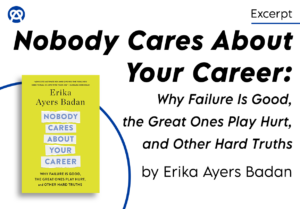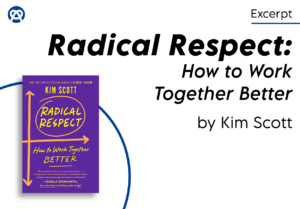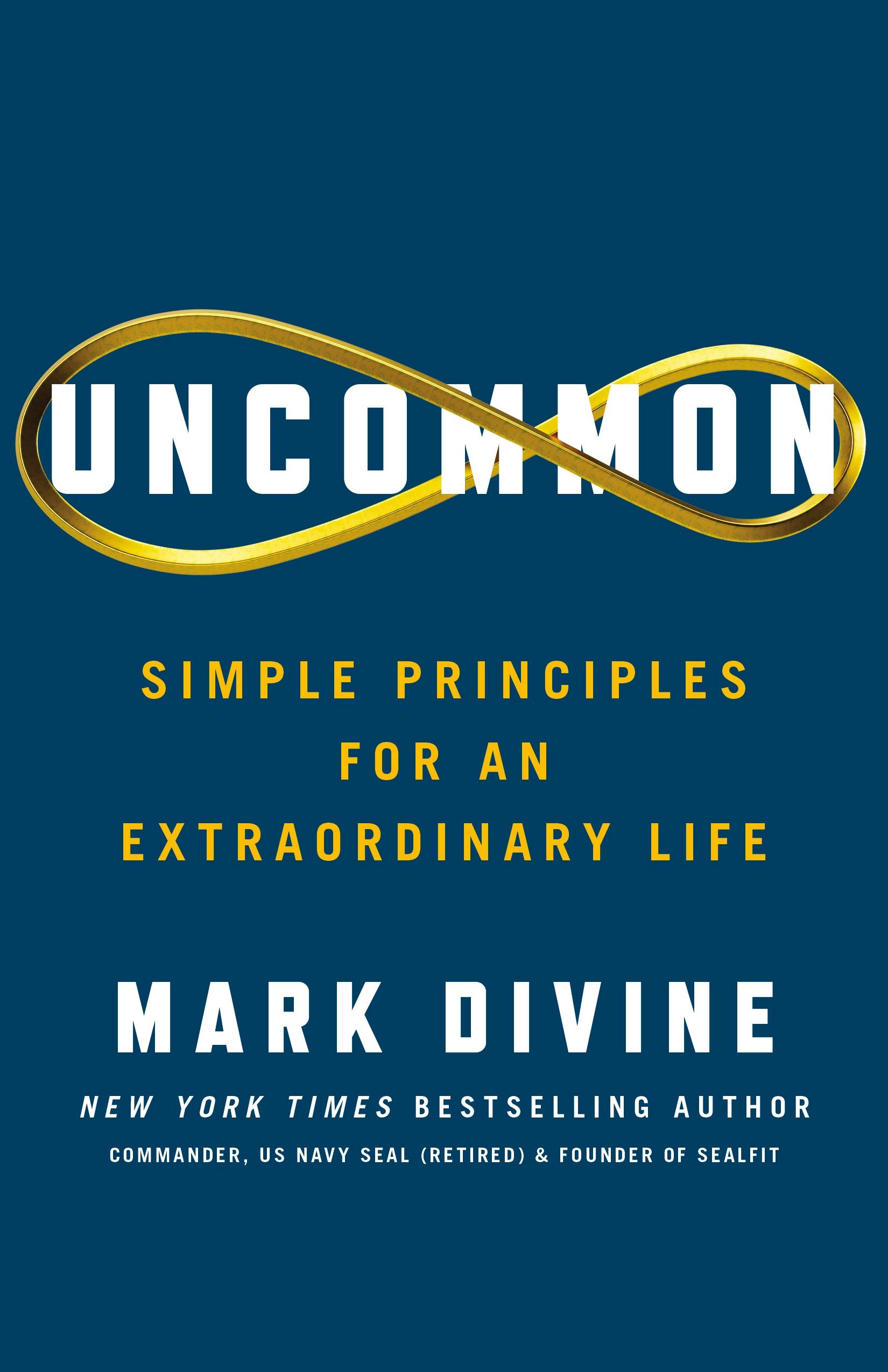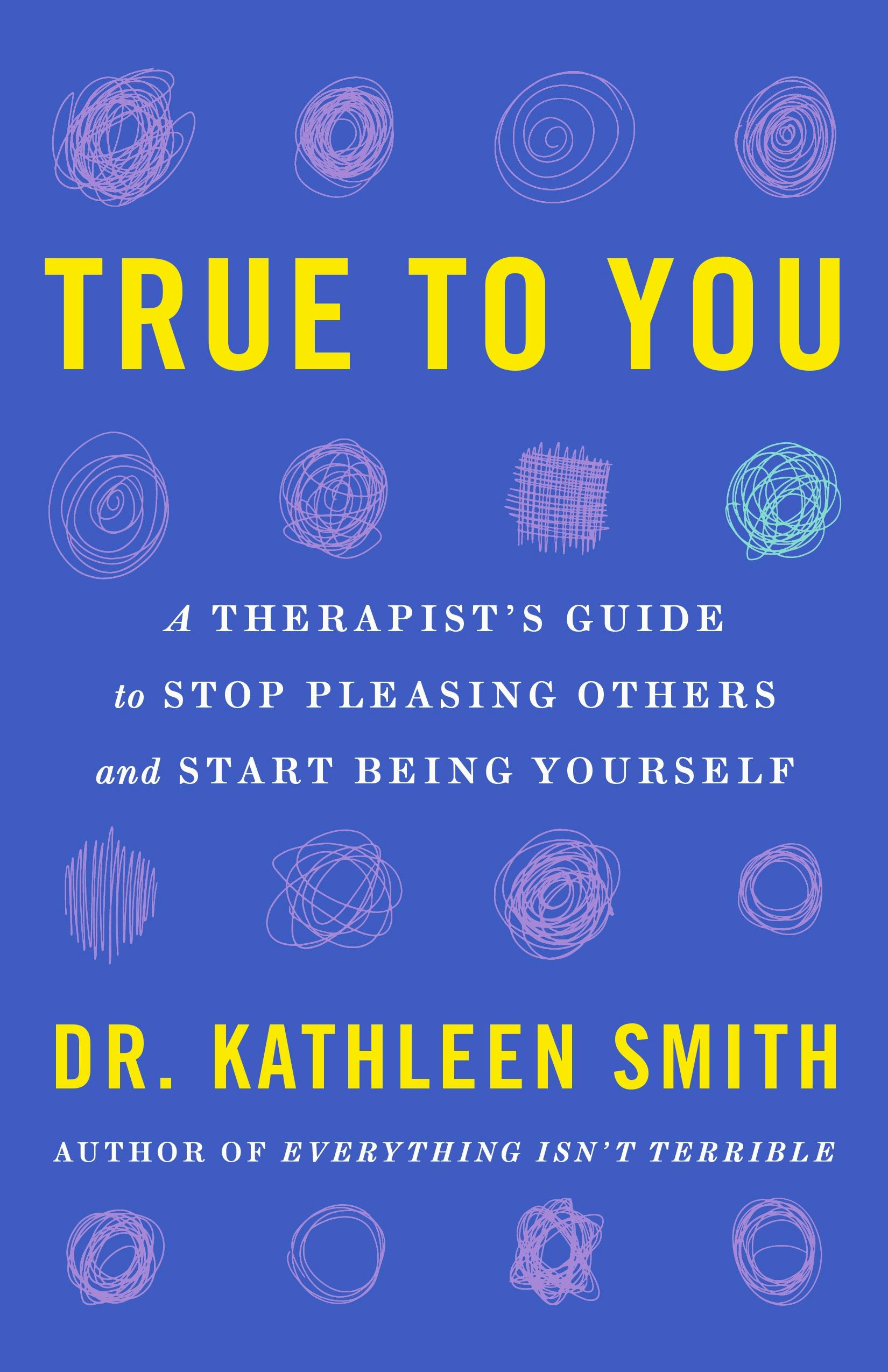
Safi Bahcall, a physicist and entrepreneur, reveals in Loonshots: Nurture the Crazy Ideas That Win Wars, Cure Diseases, and Transform Industries a surprising new way of thinking about the mysteries of group behavior that challenges everything we thought we knew about nurturing radical breakthroughs. Read an excerpt below.
One winter morning in 2003, I drove to the Beth Israel Deaconess Medical Center in Boston to meet a patient named Alex. Alex was 33, with the strong, graceful build of an athlete. He had been diagnosed with an aggressive form of cancer called Kaposi’s sarcoma. Six regimens of chemotherapy had not stopped his disease. His prognosis was poor. A handful of scientists and I had spent two years preparing for this moment. Alex was scheduled to be the first patient to receive our new drug for treating cancer.
When I entered his room, Alex was lying in bed, attached to an IV drip, speaking softly to a nurse. A yellowish liquid, our drug, fed slowly into his arm. The physician had just left. Then the nurse, who had been writing up notes in the corner, closed her folder, waved, and left. Alex turned to me with a gentle smile and quizzical look. The frenzy of activity to get to this day—licensing discussions, financings, laboratory studies, safety experiments, manufacturing checks, FDA filings, protocol drafting, and years of research—melted away. Alex’s eyes asked the only thing that mattered: would the yellowish liquid save his life?
Physicians see this look all the time. I didn’t.
I pulled up a chair. We talked for nearly two hours, as the drug dripped into Alex’s arm. Restaurants, sports, the best cycling paths in Boston. Toward the end, after a pause, Alex asked me what would be next, if our drug didn’t work. I stumbled through some non-answer. But we both knew. Despite tens of billions of dollars spent every year on research by national labs and large research companies, sarcoma treatment hadn’t changed in decades. Our drug was a last resort.
Two years later, I found myself pulling up a chair next to another bed, in a different hospital. My father had developed an aggressive type of leukemia. One older physician told me, sadly, that all he could offer was the same chemotherapy he had prescribed as a resident forty years earlier. Second, third, and fourth opinions and dozens of desperate phone calls confirmed what he said. No new drugs. Not even any promising clinical trials.
There are some technical reasons why cancer drug development is so difficult. So many things have broken down inside a cancer cell by the time it starts proliferating that there’s no easy fix. Laboratory models are notoriously bad at predicting results in patients, which leads to high failure rates. Clinical trials take years to conduct and can cost hundreds of millions of dollars. All these points are true. But there’s more.
MILLER’S PIRANHA
“They looked at me like I was a lunatic,” Richard Miller told me.
Miller, an affable oncologist in his sixties, was explaining to me the reactions of research teams at large pharma companies to his suggestion of treating cancer patients with a new drug he had been working on. It was a chemical designed originally just for laboratory use, for experiments—a tool, like bleach.
Most drugs work by gently attaching themselves to the overactive proteins inside cells that trigger disease. Those proteins act like an army of hypercharged robots, causing cells to go haywire. The cells may start multiplying out of control, like cancer. Or they may attack the body’s own tissues, like in severe arthritis. By attaching to the overactive proteins, drugs dial down their activity, quieting the cells, restoring order in the body.
Miller’s drug, however, didn’t gently attach; it was a piranha (irreversible binder, to chemists). It grabbed hold and never let go. The problem with piranhas is that you can’t wash them out of your system if something goes wrong. If they latch on to the wrong protein, for example, they can cause serious, even fatal, toxicities. You don’t give piranhas to patients.
Miller was the CEO of a struggling biotech company. Its first project, developed a decade before Miller’s new drug, hadn’t panned out. The company’s stock price had fallen below a dollar, and it received a delisting notice from Nasdaq, meaning that it would soon be banished from the market for serious companies and transferred to the purgatory of flaky has-beens.
I asked Miller why he persisted with the piranha in that precarious state and despite so many rejections, even ridicule. Miller said he understood all the arguments against his drug. But there was a flip side: the drug was so strong that he could give a very low dose. Miller also served part-time as a physician at Stanford University. He explained that he knew his patients. Many had only months to live, were desperately looking for options, and understood the risks. The potential, in this context, justified the risk.
“There’s a quote from Francis Crick that I love,” Miller said. Crick was awarded the Nobel Prize for discovering, along with James Watson, the double-helix structure of DNA. “When asked what it takes to win a Nobel Prize, Crick said, ‘Oh it’s very simple. My secret had been I know what to ignore.’”
Miller shared the early laboratory results from his piranha with a handful of physicians, who agreed to proceed with a clinical trial in patients with advanced leukemias. But Miller’s investors were not convinced. (Miller: “To this day, if you ask them [how the drug works], they wouldn’t know.”) He lost a boardroom battle and resigned as CEO.
The trial, however, continued. Not long after Miller left, early results came back. They were encouraging. The company began a much larger, pivotal study. Half the patients would receive standard therapy, half the new drug. In January 2014, the physicians monitoring that study, which enrolled nearly four hundred patients, recommended that the trial be stopped. The results were so spectacular—a nearly ten times higher response rate in patients who received Miller’s drug, called ibrutinib, than in patients who received standard therapy—that denying patients in the control group access to ibrutinib was considered unethical.
The FDA approved the drug shortly afterward. A few months later, Miller’s company, called Pharmacyclics, was acquired by one of those large pharma companies that had ridiculed the idea.
The price: $21 billion.
Miller’s piranha was a classic loonshot. The most important breakthroughs rarely follow blaring trumpets and a red carpet, with central authorities offering overflowing pots of tools and money. They are surprisingly fragile. They pass through long dark tunnels of skepticism and uncertainty, crushed or neglected, their champions often dismissed as crazy—or just plain dismissed, like Miller.
Scientist and piranha.
Copyright © 2019 by Safi Bahcall
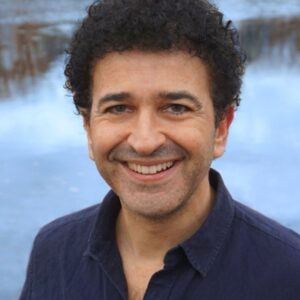
Safi Bahcall received his BA summa cum laude in physics from Harvard and his PhD from Stanford. After working for three years as a consultant for McKinsey, he co-founded a biotechnology company developing new drugs for cancer. He led its IPO and served as its CEO for 13 years. In 2008, he was named E&Y New England Biotechnology Entrepreneur of the Year. In 2011, he worked with President Obama’s council of science advisors on the future of national research. He currently works with CEOs and leadership teams on strategy and innovation.

